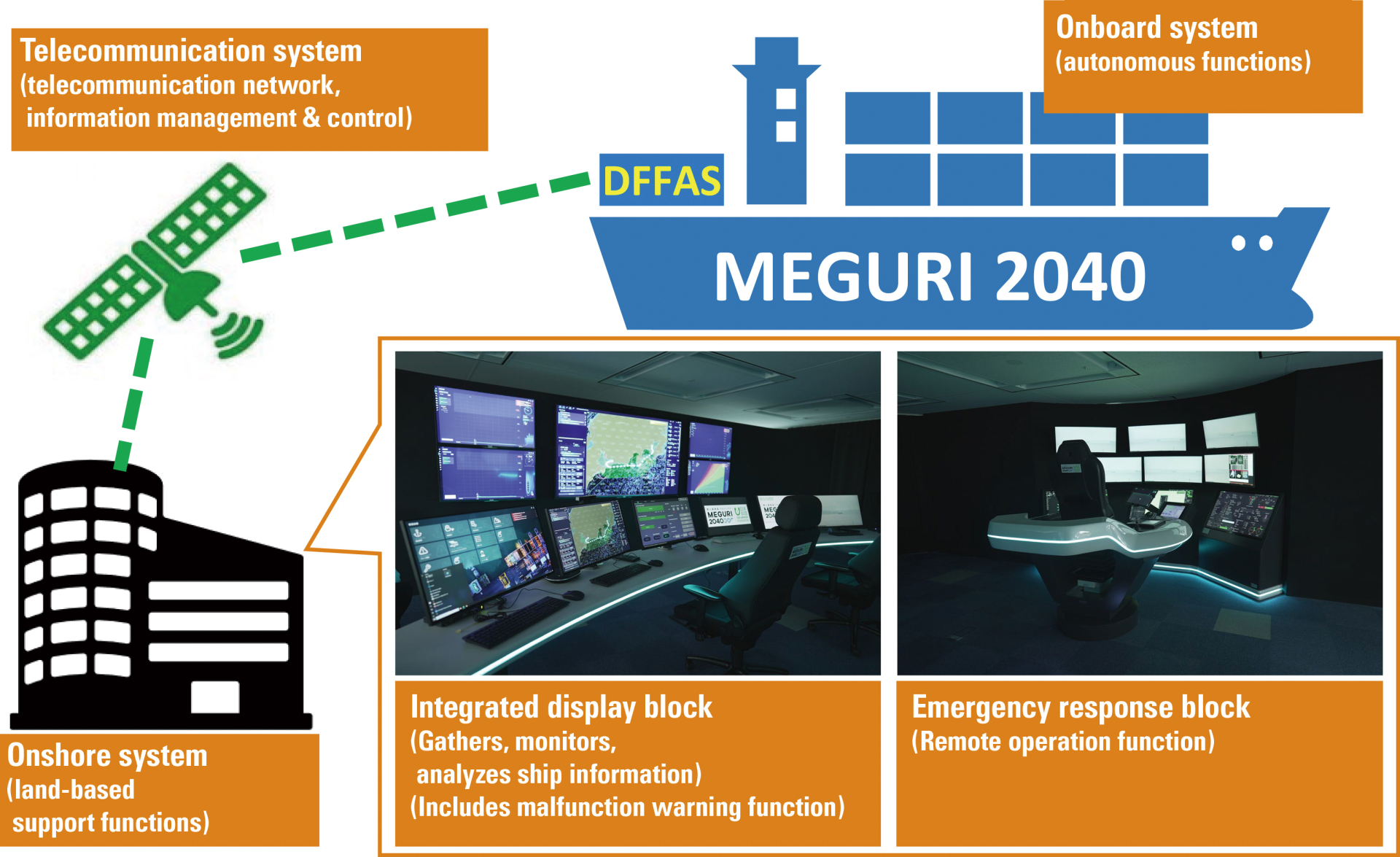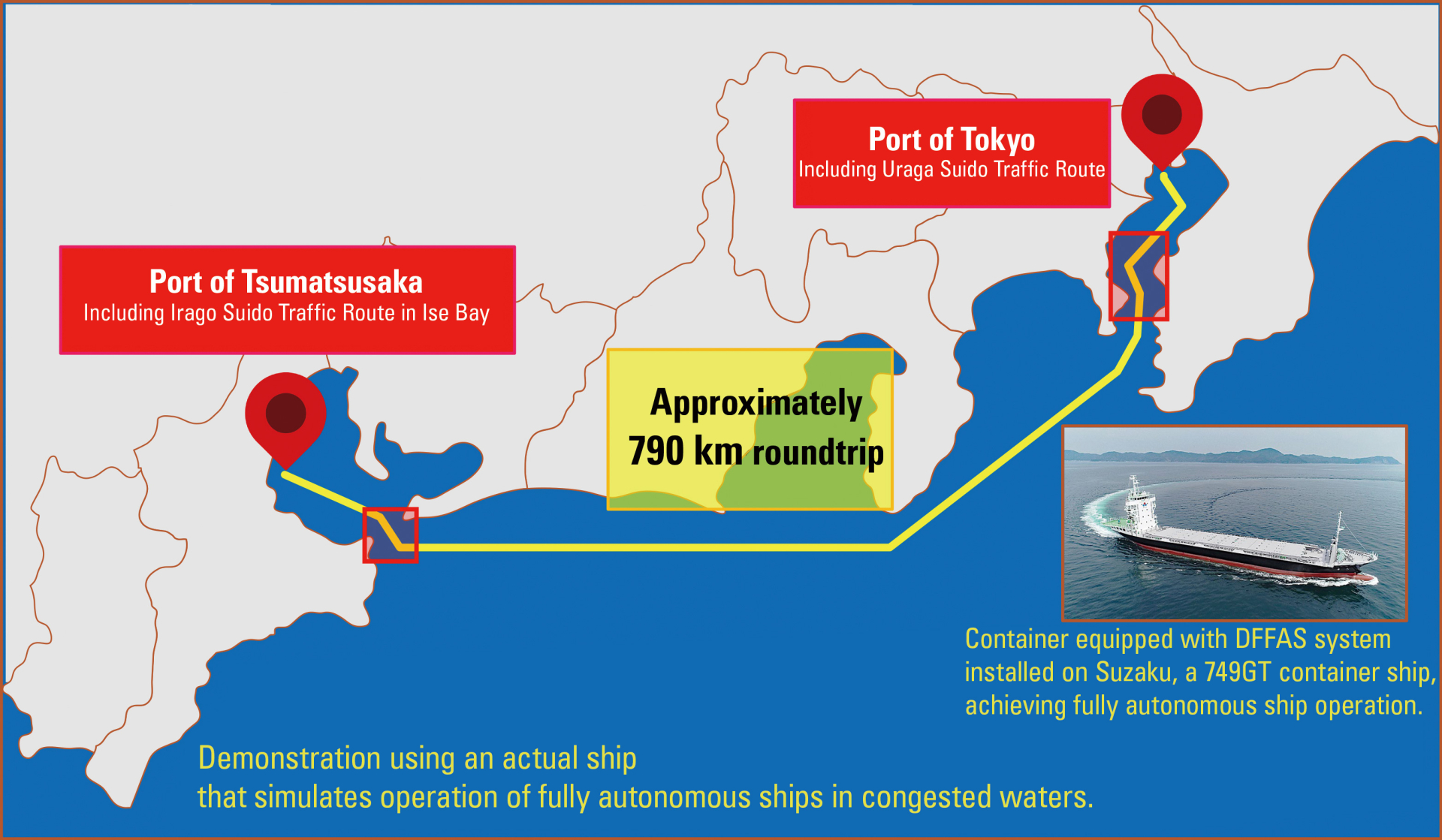Ocean Newsletter
No.527 July 20, 2022
-
Perspectives on Future of the World Maritime University
Cleopatra DOUMBIA-HENRY
President, World Maritime UniversityThe World Maritime University (WMU) was established in 1983 by the International Maritime Organization (IMO), and has become a center of excellence for the advancement of maritime and ocean education, research, capacity-building and economic development. In order to contribute to the realization of a sustainable world, WMU is working actively to achieve SDG Goals 4 and 5 on Quality Education and Gender Equality, as well as serving as a place for engagement and dialogue for the international maritime community. -
Adaptations Sought for in Oceans and Coastal Regions: In Response to the Working Group II Contribution to the IPCC Sixth Assessment Report
SHIIBA Nagisa
Policy Researcher, Institute for Global Environmental StrategiesThe Intergovernmental Panel on Climate Change (IPCC) provides scientific knowledge about climate change issues and has been a major player in policy making within the international community. In February 2022, the IPCC Working Group II published their report on climate change impacts, adaptation, and vulnerability for the second part of the Sixth Assessment Report, which consolidates the latest information. This article provides a summary of the report, particularly from the perspective of oceans and coastal regions. -
Designing the Future of Full Autonomous Ship (DFFAS) Project Grand Design Drawn by Diverse Experts
KUWAHARA Satoru
DFFAS Project Leader / General Manager, Marine Technical Group, Japan Marine Science Inc.Coastal shipping forms the backbone of logistics networks in Japan. However, addressing the labor shortage caused by the aging maritime workforce has become a critical problem in recent years. To resolve this pressing social issue, 30 leading Japanese companies from diverse fields have been working together on developing full autonomous ships, succeeding in world-leading demonstration tests.
Designing the Future of Full Autonomous Ship (DFFAS) Project Grand Design Drawn by Diverse Experts
[KEYWORDS] MEGURI/DFFAS/Proof of ConceptKUWAHARA Satoru
DFFAS Project Leader / General Manager, Marine Technical Group, Japan Marine Science Inc.
Coastal shipping forms the backbone of logistics networks in Japan. However, addressing the labor shortage caused by the aging maritime workforce has become a critical problem in recent years. To resolve this pressing social issue, 30 leading Japanese companies from diverse fields have been working together on developing full autonomous ships, succeeding in world-leading demonstration tests.
Embracing Open Innovation to Address Social Issues
Research and development directed toward automated and autonomous ships have been carried out by shipping industries of many countries in recent years. Japan, a maritime country surrounded on all sides by sea, is no exception. In ocean shipping, which operates as a global market, there is a constant pursuit for improvements in safety and efficiency as well as reduction in workload in order to gain an international competitive edge. A critical element of doing so is ship automation, which supports crew work via advanced technology. The public and private sector are cooperatively and actively embracing initiatives such as “i-Shipping” advocated by Japan’s Ministry of Land, Infrastructure, Transport and Tourism, which aims to bring about a productivity revolution in the maritime industry. As a result, Japan is leading the global competition in automated and autonomous ships through world-class advanced technological capabilities. By contrast, in the coastal shipping sector, the transition to automated and autonomous ships is being actively pursued due to the dire need to address the labor shortage caused by the aging maritime workforce. Currently, the coastal shipping workforce numbers a little over 20,000 people, more than half of whom are aged over 50 and around 30% of whom are aged over 60. If we don’t take action soon, there is a high risk that in the near future the stability of coastal shipping, which is responsible for about 40% of domestic logistics (about 80% in the transportation of basic industrial materials) and serves as the backbone of domestic logistics, will be compromised, and the affluent lives of the people will become unsustainable.
Against this background, the Nippon Foundation has recently proposed full autonomous ships as one solution to address the social issues facing coastal shipping, and has launched the MEGURI2040 Fully Autonomous Ship Program to realize a world underpinned by fully autonomous ships. In response, the Designing the Future of Full Autonomous Ship (DFFAS) Consortium was launched. This brought together 30 leading Japanese companies (around 60 companies total including domestic and overseas partner organizations) from diverse fields such as meteorology, telecommunications, insurance, IT, and think tanks, in addition to the maritime industry, transcending the boundaries of ocean and domestic shipping. Leveraging the high cooperation skills that the Japanese people are known for, participating companies worked together based on this Open Innovation framework, which was led by figures with vast shipping experience, to address the social issues facing coastal shipping.
 The Nippon Foundation’s MEGURI2040 Fully Autonomous Ship Program (right) and DFFAS Project (left) logos
The Nippon Foundation’s MEGURI2040 Fully Autonomous Ship Program (right) and DFFAS Project (left) logos
What is the DFFAS System?
Before discussing the demonstration tests, it is worth outlining the full autonomous ship system developed by the DFFAS Consortium (hereinafter referred to as the “DFFAS System”).
The three major systems developed, including the fully autonomous navigation, are as follows: onboard navigation system, on-shore system, and telecommunication system. The onboard navigation system controls autonomous functions from the ship, transitioning a series of actions involved in navigation from setting sail to docking - including evasive maneuvers while underway - to an autonomy (not an automation) basis. Before leaving port, the system formulates a route based on weather and sea condition information, and while underway, it ascertains the surrounding conditions using sensor technology, revising the route as necessary to avoid obstacles and safely arrive at the destination. Next, the onshore system takes charge of assisting the ship, collecting and analyzing a vast amount of information from both land and ship in order to support safe and efficient navigation. In anticipation of possible faults with the onboard navigation system, they are also able to operate ships remotely. These functions are centralized at a fleet operation center, which will play a crucial role in the transition to full autonomous ships. It is the mission of the transport operator to appropriately manage and carry the cargo it has been entrusted. Finally, the telecommunication system manages the infrastructure linking the onboard navigation system and the onshore system. In our daily lives, cellphone service rarely causes inconvenience, because the communication capacity is sufficient and stable. However, maritime communications are limited to several megabytes of capacity, and the connection status fluctuates frequently (in the worst case, cutting out). To resolve this situation, the DFFAS System uses satellite (7M and 3M) as well as cellphone LTE networks, constantly monitoring the status of each network and allocating vital data to the optimal network.
 ■Figure 1: DFFAS System precis diagram
■Figure 1: DFFAS System precis diagram
From Demonstration Tests to Practical Implementation
The process of creating fully autonomous ship systems, an entirely unprecedented endeavor, faced many difficulties. However, companies worked together under the Open Innovation framework to overcome the hurdles in front of them, and after around two years of effort, the demonstration test was completed at the end of February 2022. The test was a round trip from the Port of Tokyo to the Port of Tsumatsusaka, covering approximately 790 km. Not only was it a world’s-first challenge, but it was also taking place in two of the most congested waters in the world: the Uraga Suido Traffic Route in Tokyo Bay and the Irago Suido Traffic Route in Ise Bay. The goal was straightforward: use the DFFAS System to safely complete the navigation. This may sound simple, but given that the ultimate objective is the practical implementation of full autonomous ships, the tasks had to test if the DFFAS System can be used for navigation in the environment that coastal ships operate in, as well as identify new issues that emerge. Full details of the demonstration test are available in a documentary about this project*1; but to summarize the results, the autonomous navigation ratio*2 was 97.4% on the outbound route and 99.7% on the inbound route, including in congested waters full of fishing boats and coastal ships, demonstrating that the DFFAS System has sufficient potential to achieve full-scale practical implementation. At the same time, we were able to identify issues towards practical implementation, such as stability of telecommunications, trackability of control, and the difficulty of maintaining planned scheduling.
The results could be called a success. Regarding this, however, the author prefers to quote the coastal ship captain who has been working together on this project for quite some time: “I want to keep using the DFFAS System. We should improve the performance of the system more and spread it around the world.” For us, these words speak louder than quantitative results.
This project has succeeded in shaping the foundational technology for full autonomous ships. The next step will require taking initiatives better geared toward its practical implementation. It is necessary to work on addressing the issues identified and improving system performance. Furthermore, apart from technological issues, it is important to develop the environment in terms of technological standards and standardization, establishing laws and rules, and creating value through implementing new technology (such as values reflected in freight rates and insurance premiums). This is why there were approximately 60 companies covering a wide range of sectors involved in this project. In order to achieve the practical implementation of full autonomous ships, it is imperative that all parties involved fully understand the concept of full autonomous ships and that the environment is prepared through ongoing dialogue and discussion.
It is also essential to have the public’s understanding on the matter, as they would be entrusting their cargo to autonomous ships. If people don’t feel secure about leaving their cargo with full autonomous ships, practical implementation will be impossible to achieve. Even though Japan is an island nation, “maritime transportation” is not well known here. Through this article, the author sincerely hopes that readers will gain a better understanding of the current state of the coastal shipping industry, which underpins logistics in Japan, and the significance of Japan’s pursuit in developing fully autonomous navigation technology. (End)
 ■ Figure 2: Demonstration test route
■ Figure 2: Demonstration test route
- *1Documentary film (Japan Marine Science Inc. website)
https://www.jms-inc.jp/news/detail/39/en - *2Ratio obtained by subtracting the time that the system was suspended by human judgment from the voyage time, and dividing the result by the voyage time
